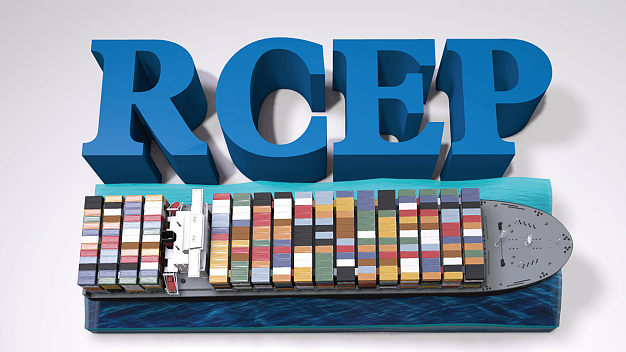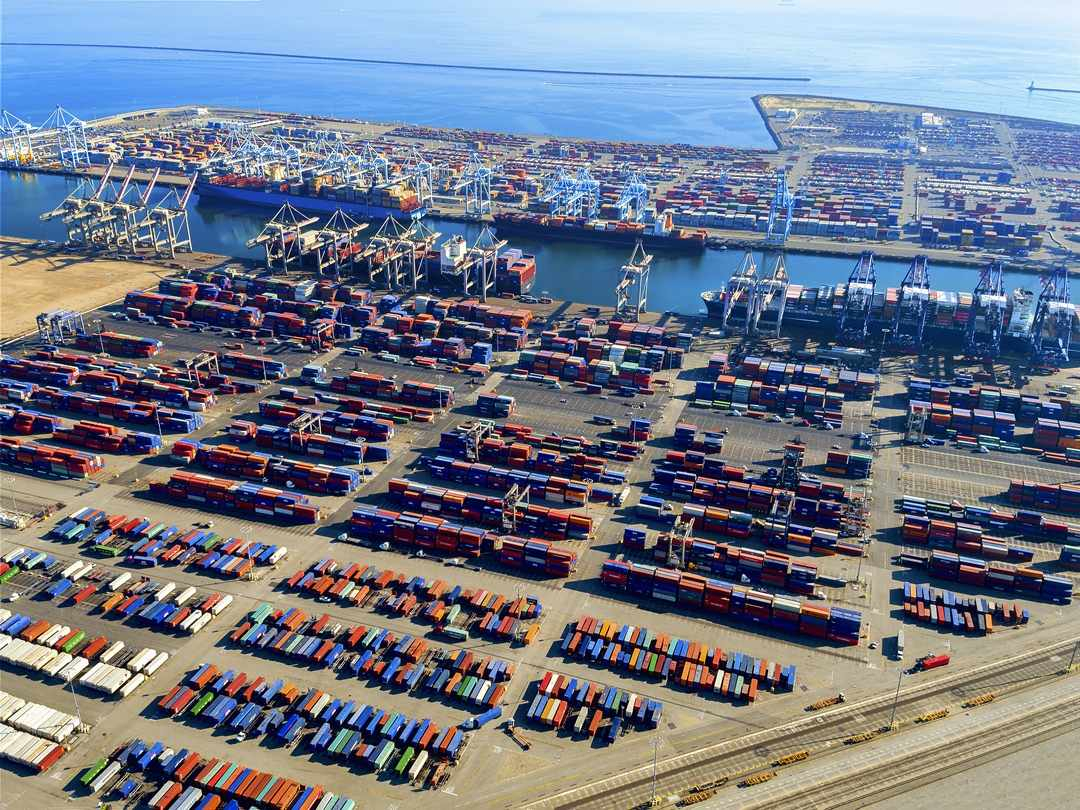

Editor's note: Chen Chenchen is the deputy director of Macroeconomics and a research fellow at Renmin University's Chongyang Institute for Financial Studies. The article reflects the author's opinions, and not necessarily the views of CGTN.
A new round of negotiations on the Regional Comprehensive Economic Partnership (RCEP) kicks off in northeast China's coastal city of Dalian this week.
First proposed in 2011, the RCEP aims at lowering trade costs among Asian countries to facilitate the construction of a mega free trade network. The significance of the RCEP directly lies in its scope - covering a half of global population and a quarter of global GDP - it would shape the world's largest free trade bloc if successfully achieved.
Econometric studies show that the RCEP, if agreed upon, would bring prominent increase to overall global trade and welfare. For member economies within the pact, potential trade and welfare benefits for countries like South Korea, India and Japan are even greater than that for China.
Most countries and regions outside the bloc would also benefit from the spillover effect of the RCEP. Compared with other regional trade pact arrangements that are under negotiation, the RCEP is expected to exert largest positive economic effects. It could be foreseen that more countries and regions would seek to join the bloc and "take the bus" on vigorous economic cooperation in the Asia Pacific.
The past decade, since the 2008 global financial crisis, has witnessed the rise of protectionism and populism amid a new round of efforts by various emerging countries to boost regional economic and trade integration.
As the world's second-largest economy with largest volume of trade in goods, China is now aiming at accelerating the implementation of its Free Trade Agreement (FTA) strategy, gradually weaving a high-standard FTA network, and bringing about comprehensive opening-up dynamics that link the West and the East.

VCG Photo
For China, the building of mega-RTA, or mega-Regional Trade Agreements, is essential to both promoting the nation's own opening-up and realizing the interconnectivity of the global economy. Tracing the trajectory of China's national development strategies, one could identify its repeated and strong emphasis on building a comprehensive FTA network as a strategic national task in the past decade. The momentum of mega-RTA negotiations, that China is proactively participating and promoting, would exert deep impact on the global economy.
Technically, trade costs include both tariff and non-tariff barriers. Current regional trade agreement negotiations largely focus on collaborating and building new rules and standards, relating more to removing non-tariff obstacles.
Specifically, this calls for common endeavors from parties involved to lower existing hefty costs in terms of transportation and logistics, technical standards certification and integration, information access and communications, and more fundamentally, interconnectivity of laws, rules and social institutions.
The urgency of achieving this pact and playing a greater role in global trade via further opening up is widely recognized by Asian economies. Some member countries call for the successful conclusion by the end of this year. Yet more negotiation flexibility is needed, especially in controversial issues like Intellectual Property Rights (IPR) and dispute settlement mechanisms, so as to tackle long-run disagreements and boost free trade of commodities and services in this e-commerce era.
Looking back at the world's economy history in the past few centuries, the world is again witnessing the wrangling between economic protectionism and free trade. Such wrangling, back in the 19th and 20th centuries, led to intensive confrontation and even wars.
The current international economic order, since the end of World War Two, was founded to facilitate free trade and peaceful development and help countries across the world to share global welfare through free flow of commodities and capital.
Nonetheless, since the late 20th century, existing order has often failed to satisfy growing development demands from the emerging world, and needs to be fixed. Efforts like the RCEP construction, which seek to boost economic integration among the world's fastest growing economies, are solid steps ahead to fix institutional loopholes in the existing order and further improve its balance through new stimulus into the vigor of free trade.
(If you want to contribute and have specific expertise, please contact us at opinions@cgtn.com)

Copyright © 2018 CGTN. Beijing ICP prepared NO.16065310-3
Copyright © 2018 CGTN. Beijing ICP prepared NO.16065310-3